For best results print the cards using the Firefox Browser
Cards
(QUICK LINKS: Decks | plants | mammals | birds | | reptiles | fish | cephalopoda | insects | microbe | events
( scientist | project | modifier | technique |)

PACLITAXEL (MW: 853.906)
.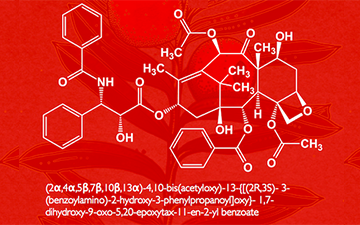
Sorry, there is no photo available. If you have one, please submit
here
.
C47H51NO14
SOURCE: Pacific Yew Tree
USE: (also known as TAXOL) mitotic inhibitor, lung, ovarian, breast cancer chemotherapy.
PLAY: Place under source card for + 5 points.
Graphic by Stephen McNeilpeople.ok.ubc.ca/wsmcneil/
Paclitaxel is a medication used to treat a number of types of cancerincluding: ovarian cancer, breast cancer, lung cancer and pancreatic cancer among others.[2] It and docetaxel represent the taxane family of drugs. Paclitaxel’s mechanism of action involves interference with the normal breakdown of microtubules during cell division. Common side effects include: hair loss, muscle […] read more

Pacific Yew
Taxus brevifolio

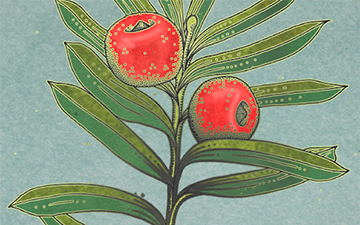
Sorry, there is no photo available. If you have one, please submit
here
.
1 POINTS
FACT: The drug Paclitaxel is isolated from the bark of the Pacific Yew Tree.
cool, warm
Graphic by Julia K. Kreutzjuliakreutz.com/
Taxus brevifolia (Pacific yew or western yew) is a conifernative to the Pacific Northwest of North America. It ranges from southernmost Alaska south to central California, mostly in the Pacific Coast Ranges, but with isolated disjunctpopulations in southeast British Columbia (most notably occurring on Zuckerberg Island near Castlegar) and in north to central Idaho.[1][2][3][4][5][6] The […] read more

Δ9 TETRAHYDROCANNABINOL
(MW: 314.469)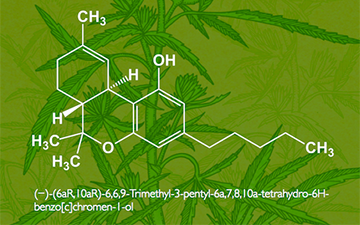
Sorry, there is no photo available. If you have one, please submit
here
.
C17H23NO3
SOURCE: Atropa belladonna
USE: acetylcholine antagonist, pupil dilation, cardiac resuscitation, nerve gas treatment.
PLAY: Place under source card for + 5 points.
Graphic by Stephen McNeilpeople.ok.ubc.ca/wsmcneil/
Tetrahydrocannabinol (THC), or more precisely its main isomer (−)-trans-Δ9-tetrahydrocannabinol ( (6aR,10aR)-delta-9-tetrahydrocannabinol), is the principal psychoactive constituent (or cannabinoid) of cannabis. First isolated in 1964 by Israeli scientists Prof. Raphael Mechoulam and Dr. Yechiel Gaoni at the Weizmann Institute of Science[8][9][10] it is a water-clear glassy solid when cold, which becomes viscous and sticky if warmed. A […] read more
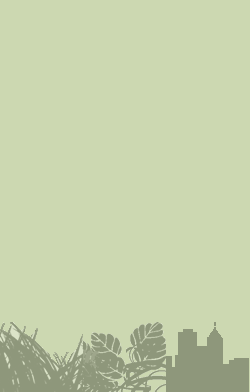
Cannabis sativa
Cannabis sativa

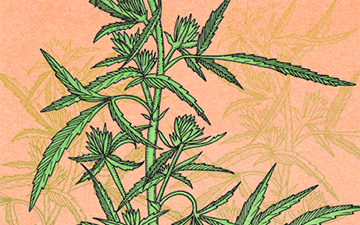
Sorry, there is no photo available. If you have one, please submit
here
.
1 POINTS
FACT: The drug tetrahydrocannabol is isolated from Cannabis sativa.
cool, warm
Graphic by Julia K. Kreutzjuliakreutz.com/
Cannabis sativa is an annual herbaceous plant in the Cannabis genus, a species of the Cannabaceae family. People have cultivated Cannabis sativa throughoutrecorded history as a source of industrial fibre, seed oil, food, recreation, religious and spiritual moods, and medicine. Each part of the plant is harvested differently, depending on the purpose of its use. […] read more

CAFFEINE (MW: 194.19)
.
Sorry, there is no photo available. If you have one, please submit
here
.
C8H10N4O2
SOURCE: Coffea arabica, Coffea canaphora, Camellia sinesnis
USE: central nervous system stimulant
PLAY: Place under source card for + 5 points.
Graphic by Stephen McNeilpeople.ok.ubc.ca/wsmcneil/
Caffeine (/kæˈfiːn, ˈkæfiːn, ˈkæfiːɪn/) is a central nervous system (CNS)stimulant of the methylxanthine class of psychoactive drugs.[8] It is the world’s most widely consumed psychoactive drug, but unlike many other psychoactive substances, it is legal and unregulated in nearly all parts of the world. It is a bitter, white crystalline purine, a methylxanthine alkaloid, and […] read more
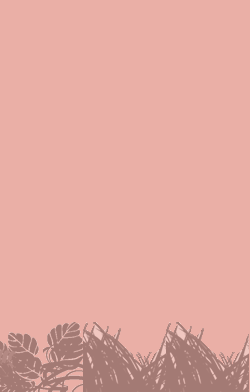
Coffea Arabica
Coffea Arabica


Sorry, there is no photo available. If you have one, please submit
here
.
2 POINTS
FACT: C. arabica contains less CAFFEINE than other commercially available species of coffee.
warm, hot
Graphic by Julia K. Kreutzjuliakreutz.com/
Coffea arabica /əˈræbɪkə/ is a species of Coffea originally indigenous to the forests of the southwestern highlands of Ethiopia. It is also known as the “coffee shrub of Arabia”, “mountain coffee” or “arabica coffee”. Coffea arabicais believed to be the first species of coffee to be cultivated. Wild plants grow to between 9 and 12 […] read more